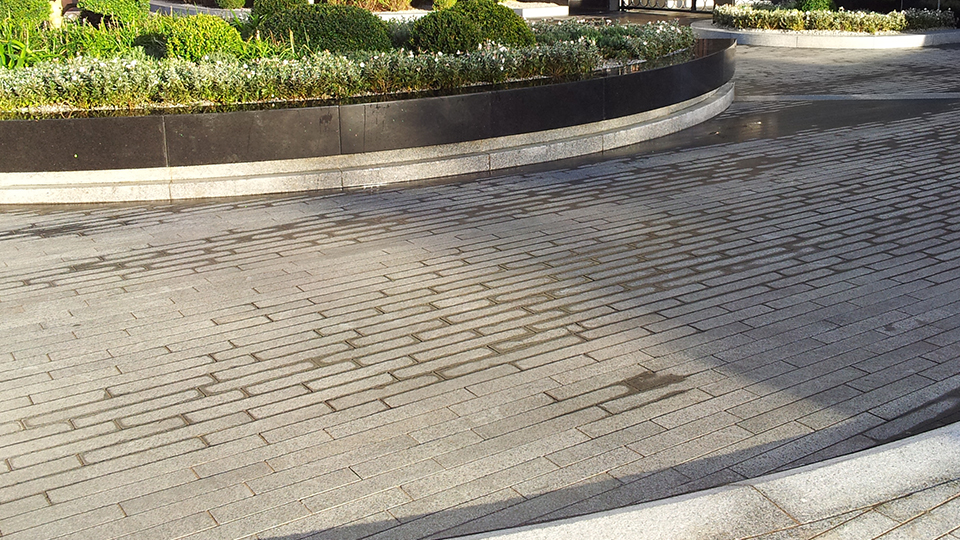what type of rock is slate
Decoding Slate: A Deep Dive into Metamorphic Transformation
Slate, a ubiquitous material in construction and design, is often admired for its distinctive flat, layered structure and aesthetic appeal. However, its classification as a rock type is more complex than a simple label. Slate is a metamorphic rock, a product of profound geological changes, and understanding its formation is crucial to appreciating its unique properties. This article delves into the technical aspects of slate's classification, exploring its origins, metamorphic processes, and resulting characteristics.
The Genesis of Slate: From Sedimentary Beginnings:
Slate's journey begins with sedimentary rocks, primarily shale or mudstone. These rocks, composed of fine-grained clay minerals, are deposited in layers at the bottom of bodies of water. The key to slate formation lies in the subsequent metamorphic processes that transform these sedimentary precursors.
Shale and Mudstone:
These sedimentary rocks consist of clay minerals, quartz, and other fine-grained particles.
They are characterized by their layered structure and relatively low hardness.
Clay Minerals:
The dominant minerals in shale and mudstone are clay minerals, such as illite, chlorite, and kaolinite.
These minerals are platy and contribute to the layered structure of the sedimentary rocks.
Metamorphism: The Transformative Force:
The key process that converts shale or mudstone into slate is regional metamorphism. This occurs when sedimentary rocks are subjected to increased heat and pressure, typically during tectonic plate collisions and mountain-building events.
Regional Metamorphism:
This type of metamorphism affects large areas of the Earth's crust.
It involves both heat and directed pressure, leading to significant changes in the rock's mineralogy and texture.
Heat and Pressure:
Increased temperature causes the clay minerals to recrystallize and align themselves perpendicular to the direction of maximum stress.
This alignment creates the characteristic foliation or "slaty cleavage" of slate.

Foliation:
Foliation refers to the parallel alignment of platy minerals in a rock.
In slate, this alignment results in the rock's ability to be split into thin, flat sheets.
Mineralogical and Textural Changes:
The metamorphic processes result in significant mineralogical and textural changes:
Recrystallization:
Clay minerals recrystallize into finer-grained mica minerals, such as sericite.
This recrystallization contributes to the slate's smooth, planar surfaces.
Slaty Cleavage:
The alignment of mica minerals creates the distinctive slaty cleavage, allowing the rock to be easily split along parallel planes.
This is a very important distinguishing factor.
Fine-Grained Texture:
Slate retains the fine-grained texture of its sedimentary precursors, but the metamorphic processes create a more compact and dense rock.
Low-Grade Metamorphism:
Slate is considered a product of low-grade metamorphism. Higher grades of metamorphism will produce different rock types, such as phyllite, schist, and gneiss.
Classifying Slate: A Metamorphic Rock:
Therefore, slate is unequivocally classified as a metamorphic rock. Its defining characteristics are:
Metamorphic Origin:
It is formed from the metamorphism of sedimentary rocks, primarily shale or mudstone.
Slaty Cleavage:
Its ability to be split into thin, flat sheets along parallel planes is a hallmark characteristic.
Fine-Grained Texture:
It retains a fine-grained texture, reflecting its sedimentary origins.
Mineral Composition:
It primarily consists of mica minerals, quartz, and chlorite.
Technical Properties and Applications:
Slate's unique properties, derived from its metamorphic formation, make it suitable for various applications:
Durability and Strength:
The metamorphic processes result in a dense and durable rock, resistant to weathering.

Impermeability:
The compact structure of slate makes it relatively impermeable to water.
Workability:
Slaty cleavage allows it to be easily split into thin sheets, making it suitable for roofing and flooring.
Aesthetic Appeal:
Its natural variations in color and texture make it a popular material for decorative purposes.
Roofing Materials:
Because of its durability and water resistants, slate is an excellent material for roofing.
Flooring and wall tiles:
The flat nature of the stone allows for easy application in these construction areas.
Distinguishing Slate from Other Rocks:
It is essential to distinguish slate from other rock types:
Shale:
Shale is the sedimentary precursor to slate. It lacks the slaty cleavage and is generally softer.
Phyllite:
Phyllite is a metamorphic rock that results from a higher grade of metamorphism than slate. It has a silky sheen due to larger mica crystals.
Schist:
Schist is a metamorphic rock with even larger mica crystals than phyllite, creating a more visible layered texture.
Limestone:
Limestone is a sedimentary rock, that is made from calcium carbonate, and is nothing like slate in its formation, or general properties.
In essence, slate represents a fascinating example of geological transformation. Its metamorphic origins impart it with distinctive characteristics that make it a valuable and versatile material. By understanding the science behind its formation, we gain a deeper appreciation for its unique properties and applications.



